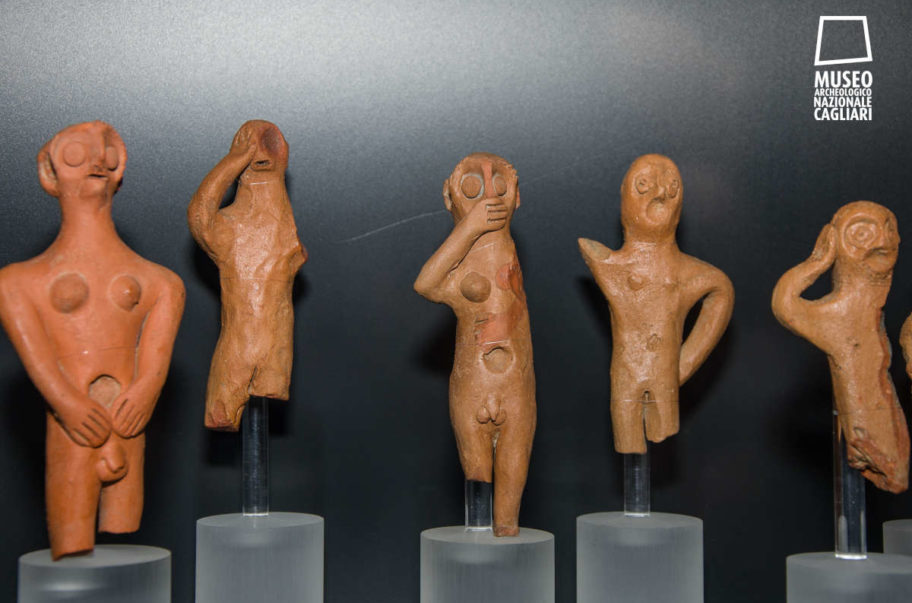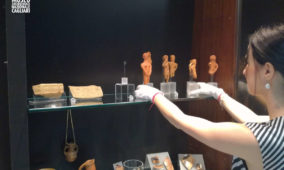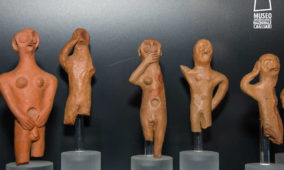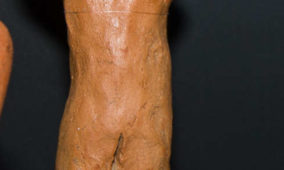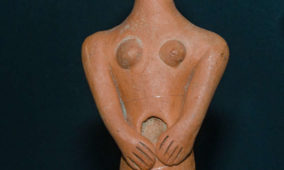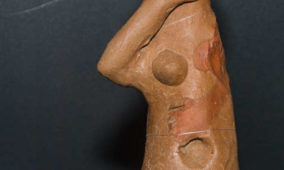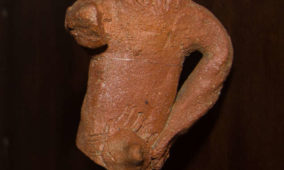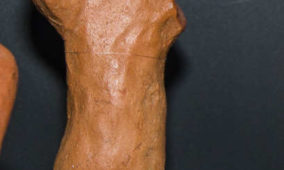Corpo Pagina
Today we will see closely some artifacts found in Neapolis (Guspini) inside a votive deposit, from which many other terracotta statuettes depicting suffering devotees come.
These hand-molded figurines indicate with their hands the painful part of the body to invoke healing by a healthy deity.
The devotees that we show you, ostensibly indicate the seat of their pain; so are represented different statuettes, that is suffering headache, another that represent pain in the eyes, others that represent the pain in their genitals and who likely felt the pain in the mouth. All indifferently express pain and suffering and in their lack of refinement the statuettes are the manifestation of a popular religiosity so widespread in Punic Sardinia.
The votive deposit would indicate the presence in the immediate vicinity of a place of worship dating back to the Punic period, likely between the 4th and 3rd centuries BC.
The statuettes of Neapolis can be compared to the devotees of Bithia (Chia – Domus de Maria), who although different in shape (the body is made in the shape of a bottle) had the same purpose of indicating the seat of their suffering to beg for healing to the healing deity, in this last case was presumably the god Bes.
